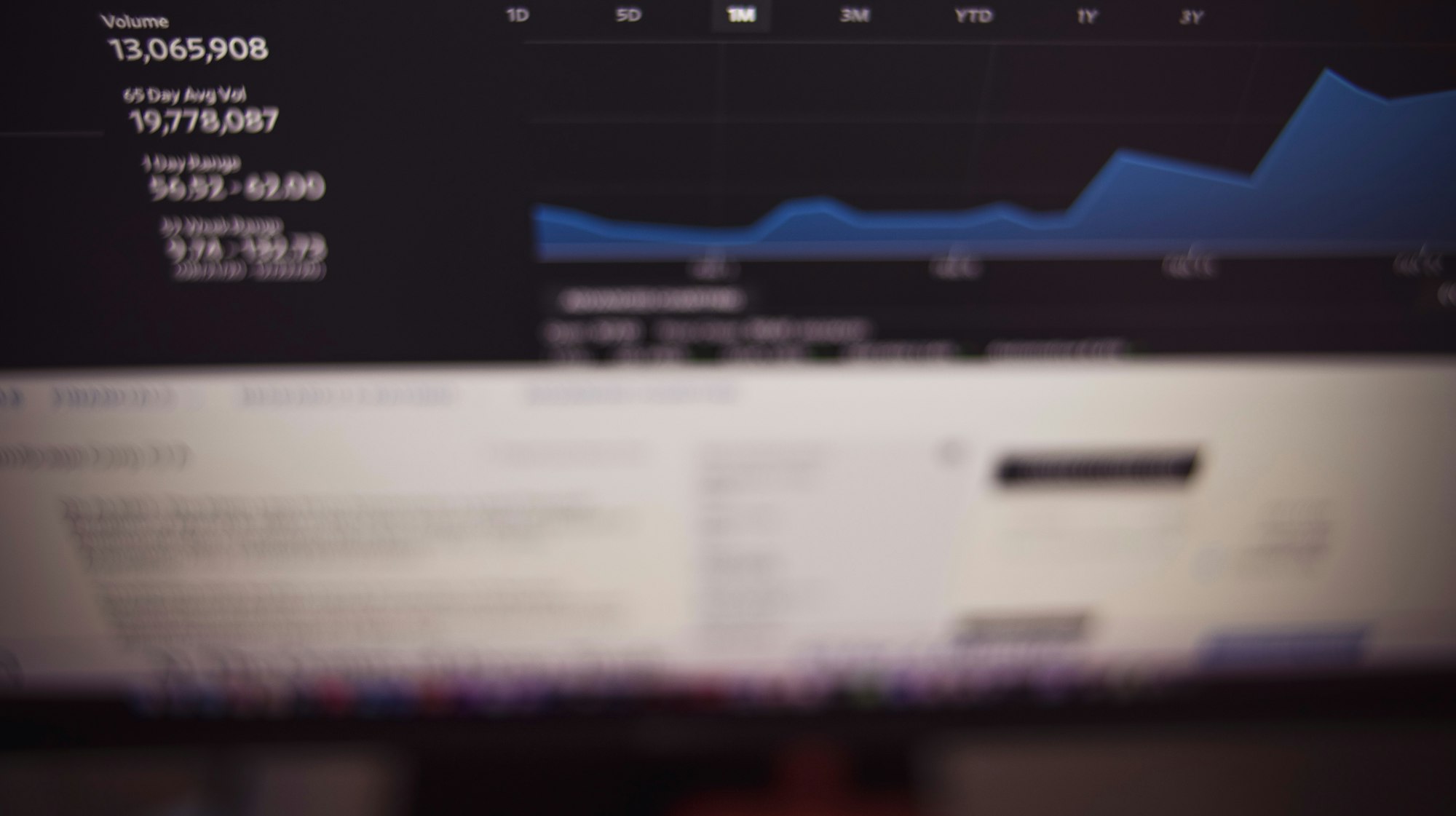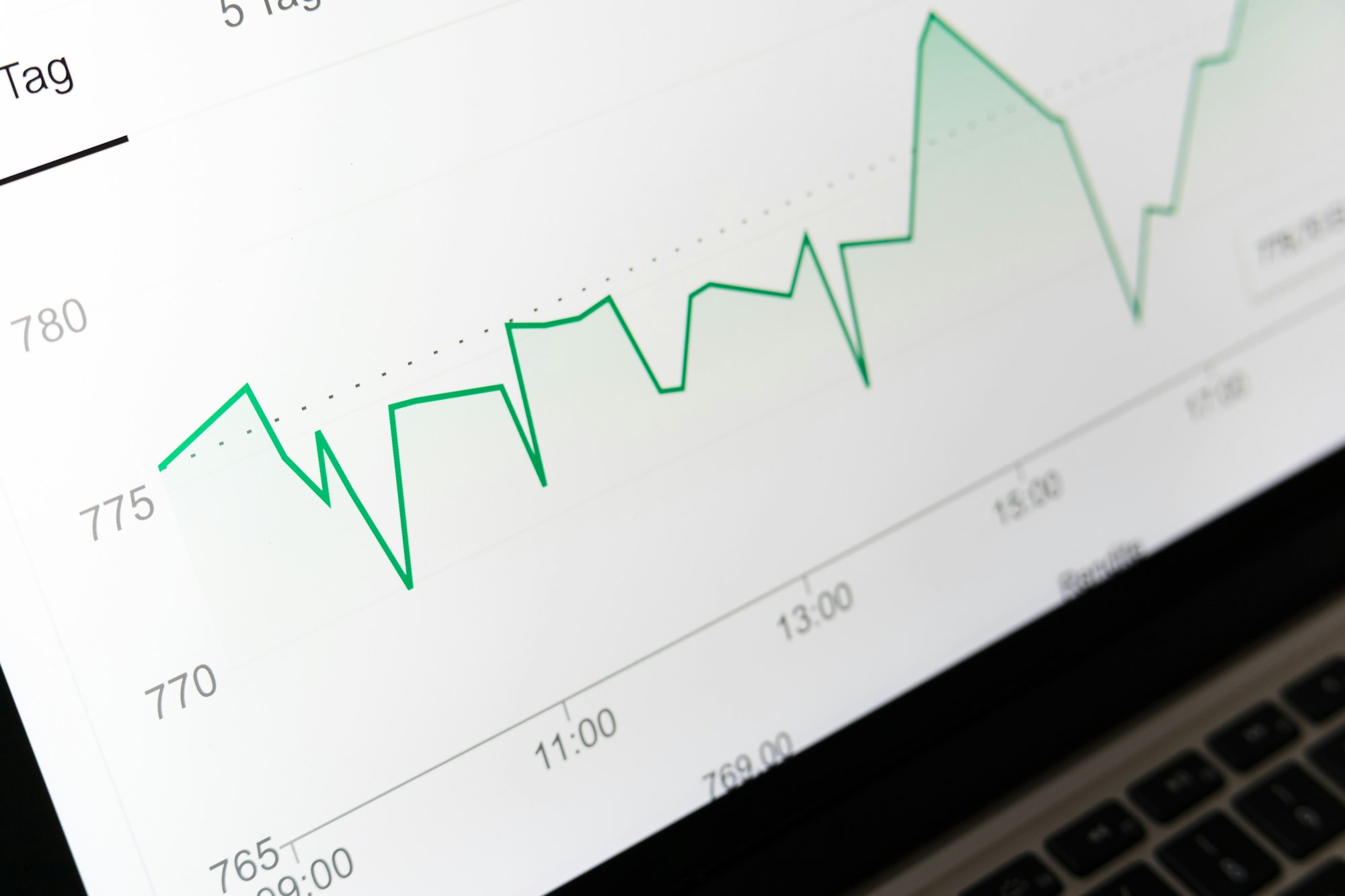What does "Bounce Rate" mean?

The percentage of visitors to your website who leave without viewing any other pages is known as the "bounce rate."
- Single-page sessions are divided by all visits to determine the bounce rate.
- An appropriate bounce rate, according to RocketFuel, should be between 41% and 55%.
- You can gauge a page's quality using the single-page bounce rate metric, and you can assess your site's overall engagement level using the site-wide bounce rate.
- The less effective your site is at engaging visitors, the higher the bounce rate.
It is crucial to lower your bounce rate because a high rate will negatively impact your site's conversion rate.
The number of users who accomplish a predetermined goal is your conversion rate. The objective could be anything, such as making a purchase or joining an email list.
What constitutes a good bounce rate for your website, you might now be wondering?
The objective of any given page determines what a good bounce rate should be. The bounce rate on one page versus multiple pages will vary, and landing pages, for instance, frequently have much higher bounce rates than other site content.
There is therefore no universal solution. Although much will depend on your objectives and target market, one thing is certain: a high bounce rate indicates that you are losing high-value traffic.
Whatever industry you are in, measuring your bounce rate provides insightful data that enables you to assess the user experience of your website. More conversions and better engagement will result from this.

Explaining bounce rates
Any website or eCommerce site will experience bounce rates, also known as the exit rate.
A website's bounce rate should be between 40% and 50%; you must expect that some visitors will stay and others will leave.
Even though a bounce rate of 70% for a blog page, single-page website, or landing page would typically be regarded as being too high for another page's bounce rate, it may even be higher.
Bounce rates on conversion-focused pages, like product pages, should be improved because doing so can significantly increase the effectiveness of your conversions.
Investigate the data on your Google Analytics server further to try to determine the cause. You can look at the bounce rates for a single page session or get a detailed web pages report of your entire site from your Google Analytics server.
High bounce rates may be related to website elements like site speed or page load time, but they may also be the result of ineffective marketing campaigns that promise users an experience that is different from what they will find on your website (more on this later).

Monitoring your bounce rate with Google Analytics
You can keep an eye on your bounce rate using a variety of tools. One of the most popular tools for monitoring various site performance indicators is Google Analytics.
Single-page sessions divided by total sessions yields the bounce rate.
In other words, Google Analytics, like all software used to track bounce rates, takes into account each and every session during which a user visits a single page. To calculate the bounce rate, divide this by all sessions.
You can view the typical page bounce rate in Google Analytics. This enables you to identify the website's weak points.
You can easily see with Google Analytics that some areas of your website, like the homepage, might have a low bounce rate. Google Analytics, on the other hand, may also show you which landing pages aren't performing well.
You can quickly determine which pages have a high bounce rate and require modification by monitoring your site's performance on Google Analytics. You can work more effectively as a result.

Several causes of a high bounce rate
Here are a few factors that may be to blame for your website's high bounce rate:
- Poor user experience — visitors leave when they can't find what they need easily, which raises the bounce rate. Numerous elements are at play, including an abundance of pop-ups and advertisements, challenging navigation, and a lack of crucial pages like About and Contact.
- Bad website design — is frequently caused by disorganized navigation, a lack of white space, and an uneven distribution of web design components on your site pages, such as images, content, and hyperlinks. Users will leave your website and increase the bounce rate if they don't find it interesting and useful.
- Slow website loading time — seconds are crucial to the bounce rate and matter when it comes to website loading time. A load time delay of even 100 milliseconds can reduce conversion rates by 7%. Many of your users may leave your website if it is too slow.
- Bad and outdated content — one of the reasons visitors leave a website quickly is because it contains out-of-date information. The bounce rate, for instance, can be impacted by blog posts with poor target keywords, tutorials, and even outdated contact information.
- SEO trouble — verify the meta title, meta description, and title tag. Each page should correspond to the search intent. The bounce rate depends on user intent.
- Technical errors — high bounce rates can be attributed to issues like broken internal links, resized images, poor typography, inconsistent design, and poorly optimized checkout processes.
- Non-responsive website — with the majority of internet users accessing the web through mobile devices, it is more crucial than ever to have a responsive website. Increased bounce rates will result from your website's poor ability to adapt to different screen sizes.
These components are just a few of the many potential causes of a high bounce rate. It's crucial to monitor the performance of each page on your website as a result.

6 simple methods to reduce bounce rates
Let's go over improvement tactics to lower your website's bounce rates since a high rate of visitors leaving your site quickly indicates problems.
Use powerful call-to-action buttons
Call-to-action buttons that are strong and persuasive are very helpful in getting visitors to explore other pages on your website and in lowering the bounce rate.
You must take into account everything when designing CTAs, including size, placement, and color. Red, green, orange, or yellow are the best CTA color choices.
Additionally, think about where you want your CTA buttons to be placed.
We typically read from the top down and from left to right. It has been demonstrated that placing the call to action button to the right or bottom of your copy is more effective than other placements.
Your CTA's copy has a big impact on the choice your user makes.
Use action-inducing words like secure, get, join, or try in place of inert ones like submit and enter to get the most out of your CTAs.
According to research, personalized call to actions outperform standard CTAs by 202%. Additionally, demonstrating the advantages of clicking the button will be very helpful.
Perform A/B testing
In order to lower the bounce rate, you can address pain points you find by analyzing your website.
You might discover, for instance, that a few of your web pages aren't functioning well. The placement of the CTA on one page, the copy, the images, or the color scheme could all be to blame for this.
You can design a landing page that provides the best user experience by conducting A/B testing. Before beginning, there are a few things you should bear in mind.
- Start with a single variable component. Even though it can be tempting to change multiple web page elements at once, it's best to only change one at a time. If not, you won't be able to determine which change had an impact on the performance.
- Be specific when describing the outcome. Decide what you want to achieve before you even begin your A/B testing. Is it user engagement or conversions that matter? Specify what it is, if possible. One A/B test won't affect the bounce rate across the board, but it might increase the page's exit rate.
- Equally divide the sample population. Make sure the same number of users see each web page design. To get definitive results, you might need to repeat the test a few times.
Adapt your website to mobile devices
The vast majority of users surf the internet on mobile devices. You must make sure your website is extremely responsive to mobile devices because it affects your website's ranking. Every page on your website needs to be mobile-friendly.
With Quarkly, it's simple to build superb mobile-friendly websites. It has a user-friendly, AI-powered website builder with a variety of useful tools.
With Quarkly, you can get going with a pre-built responsive, SEO-friendly website template that will lower user bounce rates.
Along with other features, the website builder provides a Logo Maker, AI-Heatmap, Slogan Generator, and an AI-Writer.
Verify your navigation.
The last thing you want to do is to use complicated navigation to perplex users. When creating your main menu, you should bear the following in mind:
- Group content into categories — when designing your navigation, be sure to group together pieces of content that are similar.
- Blog entries, goods, services, and other components that are related in scope.
- Refrain from packing the menu down with unnecessary links and resist the urge to do so.
- Something should not necessarily be on the menu just because it can.
- When necessary, add icons — they subtly improve the elegance and beauty of your main navigation.
- This can help your site's contact pages, social media buttons, and other components.
- Avoid using drop-down menus that have more than two levels — doing so will make your website less usable and reduce user satisfaction.
Stop the invasive pop-ups
Pop-ups are a fantastic tool for boosting conversions, but you shouldn't use them excessively.
If a pop-up is really necessary, time its activation properly.
You don't want to bombard your users with pop-ups the moment they land on your landing page, for example.
Instead, a predetermined amount of time should pass before the pop-up appears. You might think about enabling an exit-intent popup.
Produce content of a high standard.
Your website's success as a whole is greatly influenced by its content.
The first thing that will help you rank highly on search engine results is high-quality, SEO-friendly content. More people will see and visit your site in the first place if you rank higher in search results.
In addition, informative content will encourage visitors to explore your website because it establishes your authority in your field. As a result, there will be fewer bounces and more conversions.
Make sure your content is factually accurate, well-written, and interesting when you create it. Avoid plagiarism and maintain your relevance to your niche.

Recap of bounce rate
You now understand what bounce rate is and why it's significant from this article.
Every business owner faces the challenge of a high bounce rate at some point.
However, you can easily reduce the amount of users leaving your site without registering by optimizing the performance of your website.
Make sure your website is user-friendly, responsive, quick, and content-rich.
You should keep strategically A/B testing to improve its performance.
Make the user's experience as seamless as you can, and you can significantly reduce the bounce rate.

